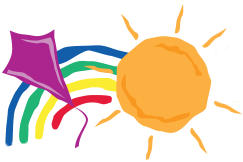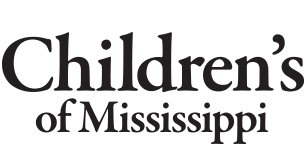I Want To
Contact Us
- For Appointments by Phone: (888) 815-2005
- Make an Appointment
Children's Orthopaedics
Limb Length Differences
Differences in the length of upper and/or lower arms and legs are called limb length discrepancies. Most people have slight differences with no impact on their lives. Greater differences, especially in the legs, require limb lengthening and limb correction surgery to help correct irregular bone growth that occurred before birth or in childhood, or to repair the damage caused by an accident or tumor removal.
In these procedures, the bone is carefully cut apart and then slowly pulled apart to allow growth of new bone. The ability of bone and tissue to regenerate, filling voids created by trauma or surgery, is known as osteogenesis. Angular correction can often be accomplished in this same process.
Pediatric orthopaedic surgeons at Children's of Mississippi are among leaders in this specialty, offering cutting-edge techniques and treatment plans using external or internal fixators. External fixators are devices attached to the bone by wires or pins protruding outside the body. The latest in internal fixators includes an internal lengthening device (nail) that provides stabilization as new bone grows to lengthen the tibia and femur to a preset length.
Some of the many conditions resulting in limb length differences are listed below. It is not a complete list of conditions that can be treated by our pediatric orthopaedic specialists.
Conditions we treat
Congenital deformities
- Congenital short femur – birth defect causing the thigh bone to be abnormally short.
- Congenital hemimelia – deficient or absent end portions in one or more limbs.
- Hemiatrophy – one side of the body grows faster than the other, causing one side to be smaller than the other.
- Hemihypertrophy – one side is larger than the other.
- Dysplasias – abnormal bone growth causing short stature, commonly accompanied by limb length deficiencies.
- Congenital pseudarthrosis – spontaneous fractures (without trauma) that do not heal properly.
Developmental deformities
- Bowed legs – abnormal bowing of the leg. Genu Varum is condition when the legs bow outward; genu valgum is the condition when they bow inward (knock-knee).
- Post-traumatic injuries
- Growth plate fractures – connective tissue in a long bone (leg or arm) allows the bone to grow. If not treated, a growth plate injury can lead to crooked or misshaped bones, limbs that are too short or long-term skeletal problems.
- Improper fracture growth – bones do not grow back together correctly after a break.
Infections and diseases
- Osteomyelitis – infection of the bone.
- Septic arthritis – bacterial infection of the joint.
- Poliomyelitis – viral disease that may result in muscle atrophy.
- Neurofibromatosis – disease that causes tumors to grow on nerves. Symptoms vary, but they can cause skin changes and bone deformities. Symptoms can include bowing of the tibia, scoliosis and leg length discrepancy.
- Multiple hereditary exostoses – multiple tumors usually in the long bones around the major joints.
- Ollier diseases – rare genetic disorder characterized by abnormal bone development.



 UMMC
UMMC